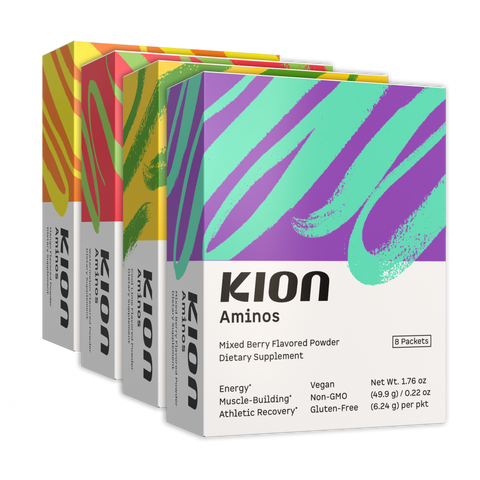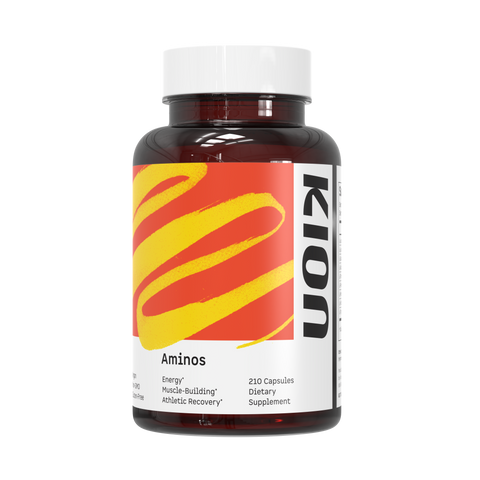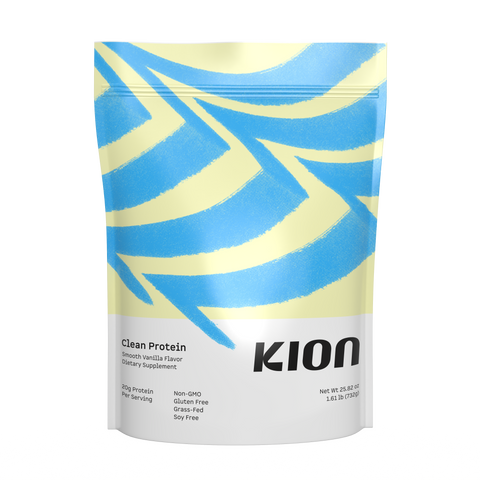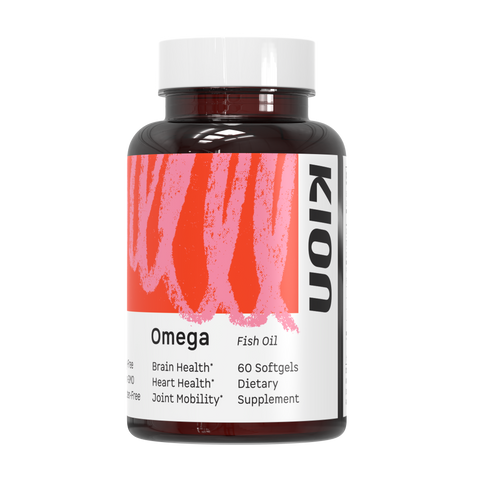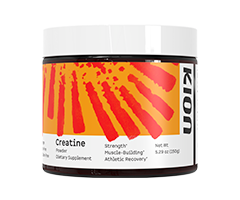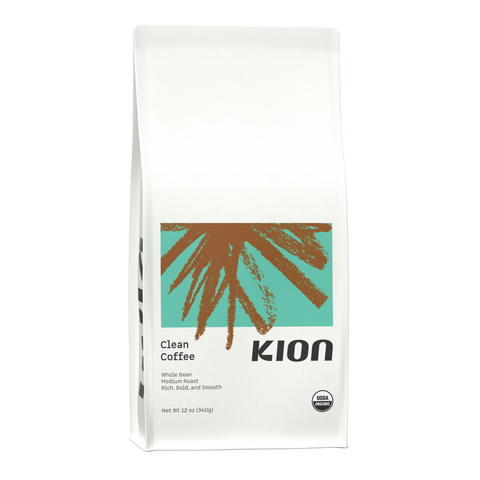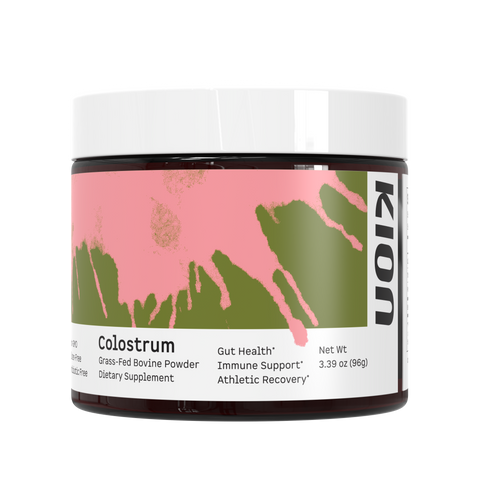We tend to make certain assumptions about healthy people.
Like this one: If you’re healthy and fit, then you must love to exercise.
But what if that’s not you?
Maybe you’re committed to your health, but you don’t enjoy exercising. Simply put, there are other things you’d rather do with your time, money, and energy. So you find yourself wondering: do you really have to...
Spend 90 minutes in the gym every day?
Pay as much for personal training as you do for rent?
Hit the entire rainbow of heart rate zones for the workout to “count”?
The answer is: No!
The truth is, you DO need to exercise if you want to enjoy good health. But you DON’T need to suffer through excessively long workouts that drain all of your energy (and your bank account).
In fact, the minimum effective dose of exercise required to be healthy and feel energized is much smaller than you may think.
Read on to learn what the minimal effective dose of exercise actually is and get a four-step plan for customizing a minimalist workout program you may also enjoy.
How Much Exercise is Enough?
Let’s get right to the big question: How much exercise is “enough”?
Here’s what the World Health Organization (WHO) says is the smallest amount of exercise you need to get the maximum benefits:
“...adults aged 18–64 should do at least 150 minutes of moderate-intensity aerobic physical activity throughout the week or do at least 75 minutes of vigorous-intensity aerobic physical activity throughout the week or an equivalent combination of moderate - and vigorous-intensity activity [1].”
Now, let’s dig into the details so you can put this into action.
What constitutes moderate-intensity exercise and vigorous-intensity exercise?
The “talk test” is a simple way to gauge intensity [2].
If you’re doing moderate-intensity activity, you should be able to talk but not sing.
If you’re doing vigorous-intensity activity, you shouldn’t be able to say more than a few words at a time without taking a breath.
What are examples of moderate-intensity and vigorous-intensity activities?
Moderate-intensity activities might include:
- Light cycling
- Brisk walking
- Easy dancing
- Vinyasa flow or other active forms of Yoga
- Leisure sports (paddleboarding, mountain biking, snowshoeing, etc.)
Potential vigorous-intensity activities may be:
- Running
- Jump rope
- Strength training
- Walking or hiking steep inclines
- High-intensity interval training (HIIT)
- Sprints (running, biking, swimming, rowing, etc.)
Does it matter how long each session is?
This may surprise you, but the answer is: No.
The previous WHO recommendations released in 2010 stipulated that a single exercise session must be at least 10 minutes in duration to “count”. However, the updated 2020 guidelines removed the minimum duration requirements due to recent research that shows physical activity of any duration is associated with improved health outcomes so long all the weekly net total meets the minimum recommendations [3].
What else does the WHO recommend?
If you’re interested in going beyond the minimum recommendations for exercise intensity and duration, they suggest strength training at a moderate or greater intensity at least two days a week. This is a bonus for those who like to lift weights since strength training also counts towards your activity goals.
In sum, with just a few short workouts each week, you can reap most of the benefits of aerobic exercise, including:
- Stronger bones and muscles
- Lower rates of all-cause mortality
- Improved mood and elevated energy levels
- Healthy body composition and weight management
- Decreased risk of diabetes, heart disease, and cancer
And since there is no one “right way” to hit your time and intensity targets, here’s a customizable plan you can use to ensure you get the greatest benefit from the smallest amount of exercise.
The 4-Step Minimal Fitness Plan
Step 1: Set Your Goal
If you prefer moderate-intensity, all you need is 150 minutes per week.
If you’re short on time and want to get the most bang-for-your-bod, shoot for 75 minutes of vigorous physical activity per week.
Of course, you can mix things up and aim for a combination of the two.
Step 2: Do The Math
Logging 75 or 150 minutes might be your goal, but how you get there is up to you.
Here are some ideas:
- Sprinkle movement breaks throughout the day. Not into long workouts? No problem. Do three 10-minute mini-sessions of moderate-intensity activity five days a week to hit the 150-minute target.
- Use your lunch break wisely. Take advantage of your weekday lunch breaks to get short 15-minute vigorous-intensity workouts.
- Do longer workouts less often. If shorter workouts aren’t your thing, three 50-minute moderate-intensity workouts or three 25-minute vigorous-intensity workouts will get you to your goals (follow-along fitness or yoga classes are great for this).
Step 3: Pick Your Activity
The simpler and more accessible, the better.
Try not to overcomplicate this step. What you do matters less than the intensity and duration, so pick an activity with a low barrier to entry and is actually enjoyable. From there, keep your focus on logging your minutes.
Step 4: Block Time on Your Calendar and Set Reminders
Although this may seem unnecessary, well-intentioned health seekers often fail to turn good intentions into action because they skip this step.
Simple enough, right?
It is so simple that you may be wondering what else you can add to get even more out of your minimalist exercise program. Read on to find out.
Minimalist Exercise Upgrades
Looking for the biggest return on the smallest investment of time and energy? Try these exercise enhancers:
- Exercise outside in the early morning. The extra Vitamin D supports immune health and morning light exposure can improve your sleep by optimizing your circadian rhythm.
- Workout in a fasted state after having caffeine (like after your morning cup of Kion Coffee). Both fasted workouts and caffeine may enhance fat loss, which can help you reach your body composition goals faster [4][5].
- Train with a friend. People with strong social ties are generally healthier and live longer irrespective of their exercise habits. So, working out while nurturing a friendship is arguably one of the healthiest two-for-one moves you can make [6].
How Much Exercise is Enough If You Have #Goals?
The above recommendations are great for establishing a baseline of general health. But, if you have specific exercise goals like running a 10k or losing ten pounds, you’re likely going to need a more specialized workout program.
In that case, you’ll need to consider a few additional variables, including:
- Your goals
- Your starting point
- The timeline you’ve given yourself to reach your goals
- How much attention you’re putting into other aspects of your lifestyle like nutrition, recovery, and stress management.
...And more.
If you have specific goals and need help with a personalized exercise plan, consider consulting a personal trainer.
This may not be the answer you want to hear, but the fact that you have specific goals is a good thing — it means you’re progressing toward a healthier relationship to exercise.
Before, you were asking about the minimum exercise requirements to meet the basic standard of good health. And now, you’re moving towards meaningful goals that motivate and inspire you, which are essential ingredients for living a joyful, active life. Good on you! And don’t stop!!
Ki Points
Do you want to be healthy but don’t love exercise? Here’s what we recommend you do:
- Set your sights on the minimum effective dose of physical activity that has been shown to deliver the most significant benefits to your health.
- The WHO recommends at least 150 minutes of moderate-intensity aerobic physical activity or at least 75 minutes of vigorous-intensity aerobic physical activity accumulated over a week.
- Make this actionable by...
- Picking your desired intensity and time goal
- Breaking your goal down into smaller sessions that fit within your schedule and lifestyle
- Choosing activities that are easy and enjoyable
- Scheduling your workouts to make sure they happen
- When a specific training goal captures your attention, invest in a personalized training plan that meets you where you are and progressively moves you towards your goals.
Scientific Research
Bull, Fiona C et al. “World Health Organization 2020 guidelines on physical activity and sedentary behaviour.” British journal of sports medicine vol. 54,24 (2020): 1451-1462. doi:10.1136/bjsports-2020-102955
“Measuring Physical Activity Intensity.” Centers for Disease Control and Prevention, Centers for Disease Control and Prevention, 17 Sept. 2020, www.cdc.gov/physicalactivity/basics/measuring/index.html.
Jakicic, John M et al. “Association between Bout Duration of Physical Activity and Health: Systematic Review.” Medicine and science in sports and exercise vol. 51,6 (2019): 1213-1219. doi:10.1249/MSS.0000000000001933
Vieira, Alexandra Ferreira et al. “Effects of aerobic exercise performed in fasted v. fed state on fat and carbohydrate metabolism in adults: a systematic review and meta-analysis.” The British journal of nutrition vol. 116,7 (2016): 1153-1164. doi:10.1017/S0007114516003160
Kurobe, Kazumichi et al. “Combined effect of coffee ingestion and repeated bouts of low-intensity exercise on fat oxidation.” Clinical physiology and functional imaging vol. 37,2 (2017): 148-154. doi:10.1111/cpf.12279
Umberson, Debra, and Jennifer Karas Montez. “Social relationships and health: a flashpoint for health policy.” Journal of health and social behavior vol. 51 Suppl,Suppl (2010): S54-66. doi:10.1177/0022146510383501




